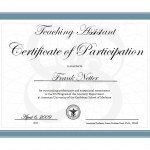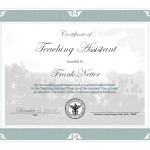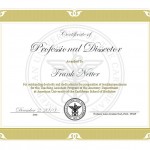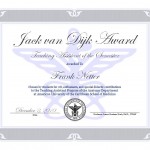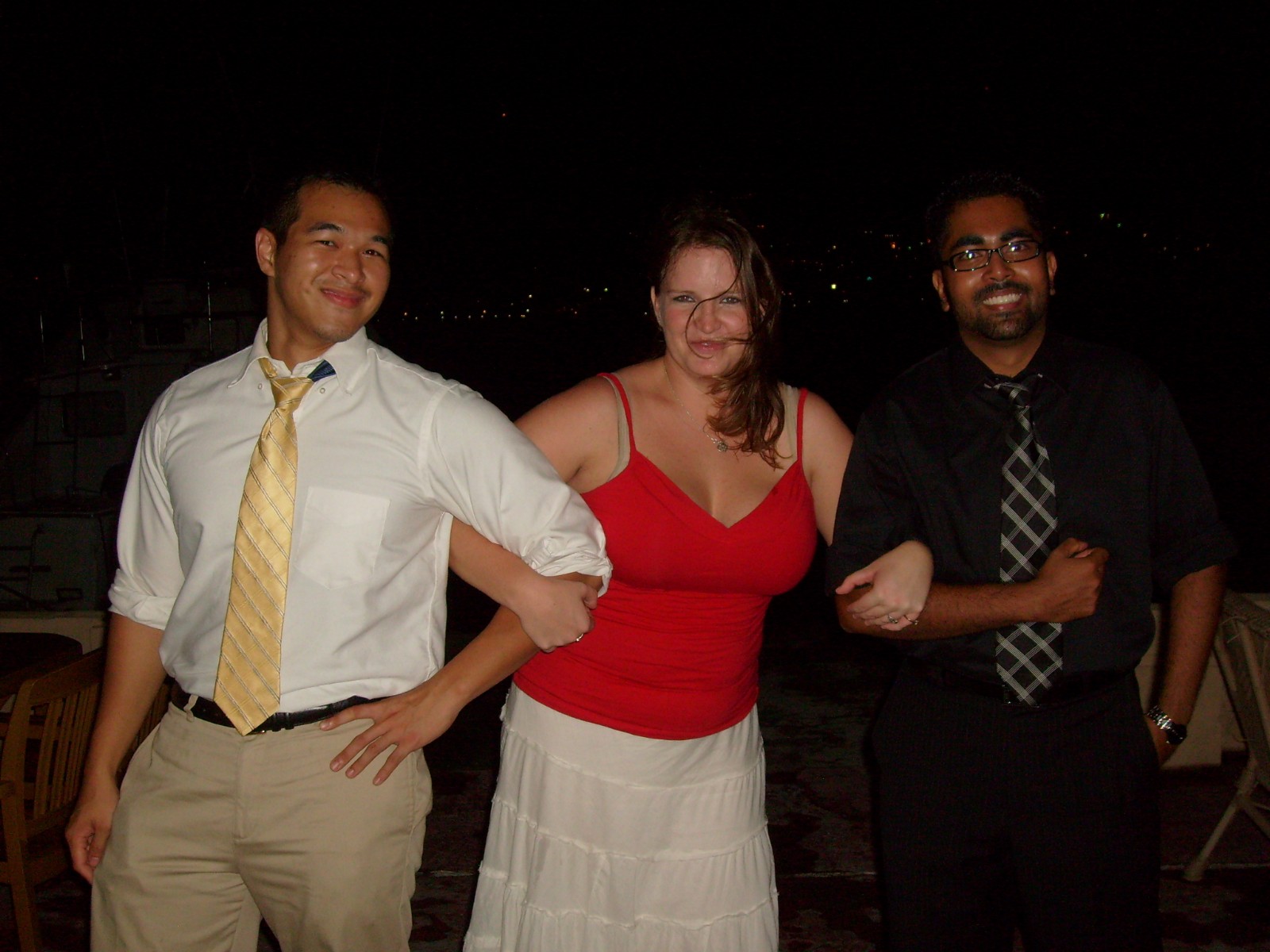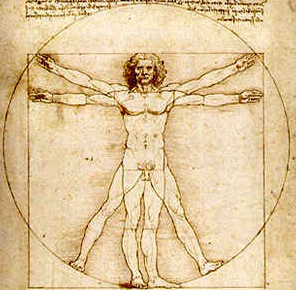A Difference in Lab
It has been a bittersweet two semesters as a Head TA in anatomy lab. There were ups and downs, collaboration and conflicts amongst my team members. Despite some of the difficulties Haley, Arif, and I struggled as a team, I hope overall we made the Anatomy lab a positive, meaningful, and smooth learning experience for students. Overall, the Head TA program was something I’m glad I did but also something I’m glad I’m finished with. After stepping out of the lab for one last time, handing my lab key to the next set of Head TAs, I wanted to share some changes I made in lab this semester that I felt good about.
Making Dry Lab Less Dry
Not long after second block, a student came up to me and told me that he and many of his classmates felt that dry lab was very unorganized and they felt there was no sense of direction in their learning process. They felt that the students were thrown quizzes they didn’t know how to solve, radiographs they didn’t know how to read, bones they didn’t know what to learn of, and a virtual imaging they didn’t know how to learn with. Besides the five minutes of introduction given by the professor in the beginning of the lab, there was no one in the dry lab for the rest of the class period to help them. I decided to do something about this immediately. For the VH Dissector, I decided to put up a VH Scavenger Hunt, a list of all the important structures to identify in the cross sections and where to find them in the program. VH problem solved. Next, I set up stations in the dry lab with lists of structures to identify for each radiograph, and something where they can flip to see the correct answers. The students absolutely loved it and felt they learned so much more about reading radiographs and MRI images than before. Being guided, even when it’s self-guided with a scavenger hunt, is integral to success in learning.
Re-designing TA certificates
Every TA who completes the two-semester TA program receives a certificate. In the past, the design of the certificates have always been generic. In addition, in the past, the certificates had been printed from a printing company, costing as much as $6 per copy. This semester, I decided to do something about this. I completely redesigned the TA certificates to fit more with AUC. In addition, I created a unique design for Prosectors as well as the TA of the semester award. Instead of having some company print it, Arif and I went out to an office supply store and found some really nice parchment paper, 250 sheets for only $35! As an executive officer of the Student Government, I had access to the SGA color printer. Afterall, I reasoned, this is for a program that helps the AUC community, and all the other executive board officers were anatomy TAs as well. We printed all the certificates we needed for the leaving TAs and prosectors, all at no cost and saved Dr. Nash a whole bunch of money. Here are the old certificate as well as the new ones I designed:
Suggested naming the TA of the semester certificate as the “Jack Van Dijk Award.”
This really isn’t an accomplishment, but I thought it’s neat to share. The TA of the semester award was a new award created by Dr. Nash this semester, chosen by anatomy students as their favorite TAs. In honor of the late Jack van Dijk, who ran the Anatomy Lab until his passing this year, I suggested to Dr. Nash the name “Jack van Dijk Award.” Congratulations to George and Prasanth for receiving this award this semester.
Creating a VH Dissector tutorial
In the past, students never really understood how to use VH Dissector (the MRI virtual imaging software), so this semester, Arif and I wrote a 4-page tutorial on how to use it. Instead of a dry, generic step-by-step tutorial, we thought it would be more fun to integrate an activity into it, so in our tutorial, we had the students try to reach an objective, integrating what they know about anatomy in virtually “dissecting” the body in the program, all the while integrating the MRI images in their quest. While students do all this, they learn how to use the functions of the program.
Finishing the Radiograph Catalog
As Head TAs, we inherit a lot of files, passed down from previous sets of Head TAs. I discovered that within those files, there are many resources that were extremely useful that were underutilized. One of the files was a catalog of all the current radiographs we use in the lab, complete with labels of their structures and features. Remembering how little guidance we had in radiographs as students and as TAs, I decided it was important to our education to make these radiograph catalogues available to students and TAs alike. At the time, the radiograph catalog was not suitable for use, so I spent my semester break in fixing it up, correcting mistakes, and making it printable. I printed a nice high-quality copy of the catalog for $50 at Kinko’s. I presented it to Dr. Nash and the other anatomy professors, and they all thought it was a wonderful idea to have copies of these in the dry lab and TA lounge. Dr. Nash vowed to have them printed, but as he was busy, weeks went by and it never happened. Seeing the current students struggling with radiographs and TAs (including myself) incompetent in guiding students in radiographs, I decided I could not wait for the radiograph catalogs to be printed. I took matters into my own hands. I decided to print out the relevant catalog index of each of the dozen-or-so radiographs the students were doing that week. I printed one copy of each radiograph’s index and set up radiograph stations where students can try to identify structures from a list on the radiographs, and then flip the respective index to confirm the answers. For the next set of Head TAs, one key thing I stressed to them was to take advantage of the available Head TA resources in making lab a more useful, educational experience for students. I hope they will do so.
Wrote a Responsibilities list of tasks that I hope will guide future Head TAs. Here it is:
– Maintenance of cadaver integrity (i.e. scraping off mold).
– Creating and implementing tutorials and other resources for dry lab.
– Creating and improving resources for the TA program.
– Housekeeping (instruments are available, supplies in stock)
– Giving a VH Dissector tutorial for the students.
– Making sure dry lab resources are available and updated for the block.
– Improving and implementing practices within the TA program.
– Receive feedback from students and TAs and making necessary modifications.
– Designing and printing TA certificates.
– Ensuring security and access to lab is available during open lab times (being “on call,” opening doors when needed, management of key)
– Preparing the set-up for lab (counting bins, flipping cadavers, etc.)
– Supervised the clean-up and disposal of cadavers at the end of the semester.
– MOCK: setup VH Dissector for mock. Double check answers. Ensure high yield topics are covered, modifying questions if necessary, supervise the mock.
– Address any immediate issues in and out of lab
– Be informed of the schedules and objectives to be completed in the lab
– Supervise the TAs and the students during lab to maintain an orderly and effective learning environment
– Ensure that the rules of lab are enforced and followed
– Communicate with faculty and TAs to implement the faculty’s plan for the lab period
– Supervise dissections/prosection and special cuts (craniotomies, hemipelvectomies, etc.)
– Lead new TA orientation/returning TA meeting (presentation, arrange for food).
– Interview new head TA candidates, and participate in selection.
– Participate in selection of new TAs.
– Communicate with every member of the Head TA program.
– Mediate conflicts if necessary.
– Ensuring lab stations are properly maintained by the students
– Updating the students on the schedules.
– Setting up access to anatomy folder on ANGEL for all members of TA program. Posting resources on ANGEL.

